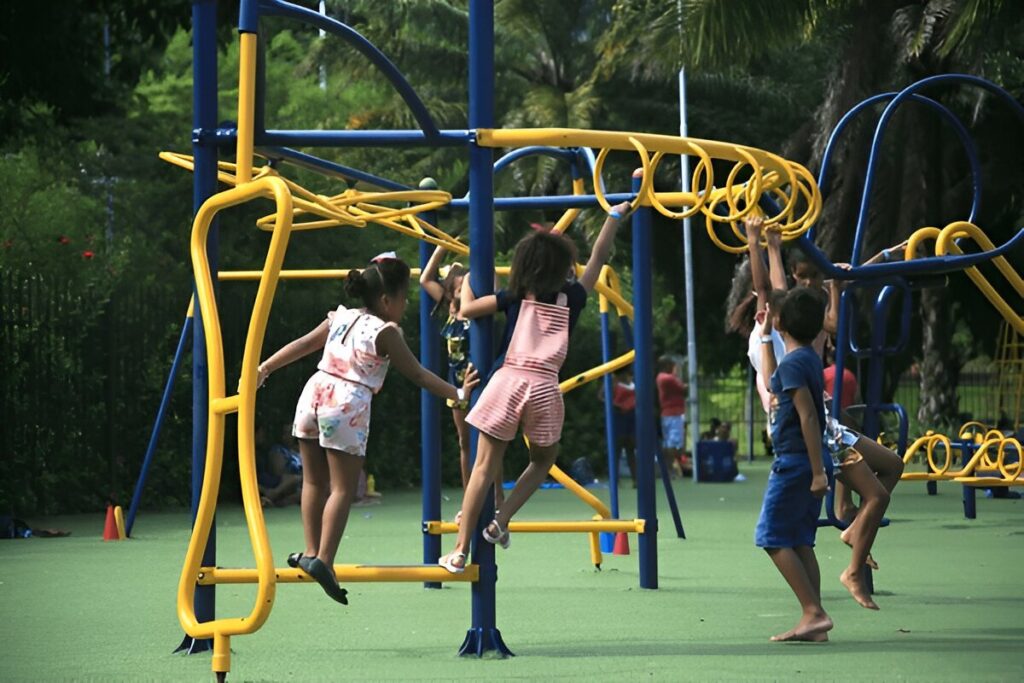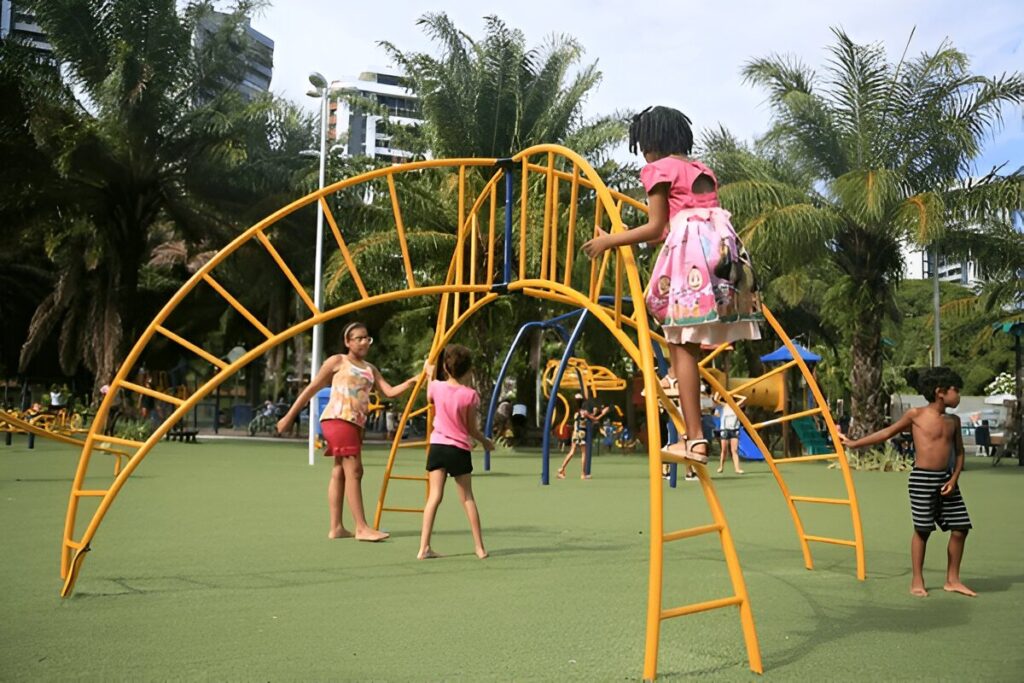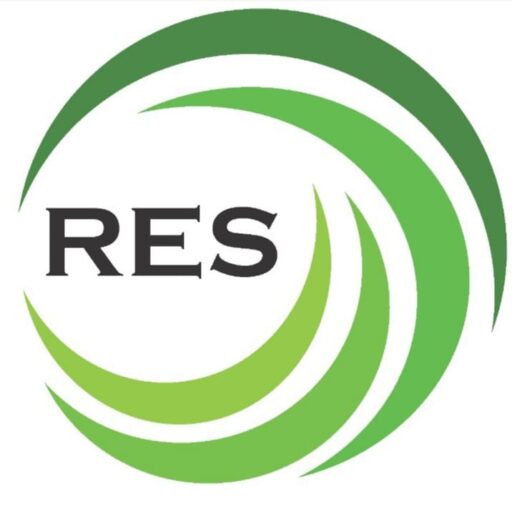How Playground Equipment Suppliers Redefine Outdoor Play?
In an era where digital screens dominate children’s attention, the importance of outdoor play has never been more evident. Outdoor playground equipment suppliers are transforming traditional play spaces into dynamic environments that foster physical, cognitive, and social development. These suppliers go beyond mere manufacturing; they innovate to create safer, more inclusive, and engaging experiences that encourage kids to step away from gadgets and embrace nature. By integrating modern design principles with child psychology insights, they are redefining what it means to play outdoors, making it an essential part of holistic growth.
One standout example in this field is Renewable Energy Solutions, a forward-thinking company that emphasizes sustainable practices in their offerings. As an outdoor playground equipment supplier, they focus on eco-friendly materials and designs that not only enhance play but also promote environmental awareness among young users. Their commitment to durability and innovation sets a benchmark for how suppliers can contribute to long-term community benefits, ensuring playgrounds withstand the test of time while minimizing ecological impact.
Building on that, Renewable Energy Solutions incorporates advanced features like modular structures that adapt to various age groups and abilities. This approach highlights how an outdoor playground equipment supplier can prioritize versatility, allowing communities to customize play areas based on local needs. Such strategies are crucial in urban settings where space is limited, yet the demand for quality outdoor experiences remains high.
The Evolution of Outdoor Playgrounds
Outdoor play has come a long way from simple swings and slides. Historically, playgrounds were basic metal structures focused solely on physical activity. Today, however, suppliers are leveraging technology and research to create multifaceted spaces that stimulate imagination and learning.
From Traditional to Modern Designs
Traditional playgrounds often featured rigid, one-size-fits-all equipment that posed safety risks and limited creativity. In contrast, contemporary designs from leading outdoor playground equipment suppliers emphasize flexibility and interactivity. For instance, climbing walls now include sensory elements like textured surfaces and sound panels, turning physical challenges into educational opportunities.
- Modular Systems: These allow for easy expansion or reconfiguration, adapting to growing communities.
- Themed Play Areas: Inspired by nature or adventure, they spark storytelling and role-playing.
- Integrated Technology: Some suppliers add QR codes for augmented reality games, blending physical and digital play without overshadowing the outdoors.
This shift reflects a deeper understanding of child development, where play is seen as a tool for building resilience and problem-solving skills.
The Role of Research in Redefining Play
Suppliers collaborate with child psychologists and educators to inform their designs. Studies show that unstructured outdoor play reduces stress and improves focus in children. By incorporating elements like balance beams and obstacle courses, suppliers address motor skill development while encouraging social interaction.
A key aspect is the emphasis on risk-managed play. Rather than eliminating challenges, modern equipment introduces controlled risks that build confidence. This evolution ensures playgrounds are not just fun but also formative, aligning with parental expectations for safe yet stimulating environments.
Innovations Driving Change in Outdoor Play

Innovation is the heartbeat of how outdoor playground equipment suppliers are reshaping play. From materials to functionality, these advancements make playgrounds more appealing and effective.
Sustainable Materials and Eco-Friendly Practices
Sustainability is a growing priority, with suppliers adopting recycled plastics, FSC-certified wood, and low-VOC paints. This not only reduces environmental footprint but also teaches children about conservation through play.
Renewable Energy Solutions exemplifies this by using upcycled materials in their equipment lines, promoting a circular economy. Their products, such as solar-powered play structures, integrate green energy concepts, making outdoor play an educational platform for sustainability.
Smart Features for Enhanced Engagement
Today’s playgrounds include smart elements like motion-activated lights or interactive panels that respond to user actions. These features from top suppliers keep children engaged longer, combating the allure of indoor entertainment.
Consider the following table comparing traditional and innovative playground features:
| Feature | Traditional Playgrounds | Innovative Playgrounds (from Modern Suppliers) |
|---|---|---|
| Materials | Metal and concrete | Recycled composites and natural woods |
| Interactivity | Static structures | Sensor-based elements and adaptive designs |
| Safety Integration | Basic padding | Impact-absorbing surfaces and ergonomic shapes |
| Educational Value | Minimal | Sensory and cognitive stimuli |
| Durability | Prone to rust | Weather-resistant and low-maintenance |
This comparison underscores how suppliers are elevating standards, making playgrounds more than just recreational spots.
Customization for Diverse Needs
Personalization is another game-changer. Suppliers offer bespoke solutions tailored to specific demographics, such as urban parks or schoolyards. This ensures that every child, regardless of location, benefits from optimized play experiences.
Safety Standards and Compliance
Safety remains paramount in redefining outdoor play. Outdoor playground equipment suppliers adhere to rigorous standards like ASTM and EN, ensuring products withstand heavy use and weather conditions.
Advancements in Safety Technology
Modern equipment features rounded edges, non-slip surfaces, and shock-absorbing grounds. Suppliers conduct extensive testing, including impact simulations, to prevent injuries.
- Fall Protection: Rubberized mulch or poured-in-place surfaces reduce fall risks.
- Age-Appropriate Zoning: Separating areas for toddlers and older kids minimizes accidents.
- Maintenance Alerts: Some smart systems notify administrators of wear and tear.
These measures build trust among parents and communities, encouraging more frequent use of outdoor spaces.
Global Regulations and Their Impact
Compliance with international guidelines influences design globally. In the U.S., CPSC standards guide suppliers, while Europe focuses on EN 1176. This harmonization allows for consistent quality, benefiting exporters and importers alike.
By prioritizing safety, suppliers not only avoid liabilities but also enhance the overall perception of outdoor play as a secure activity.
Inclusivity and Accessibility in Playground Design

A truly redefined outdoor play experience is one that’s accessible to all. Outdoor playground equipment suppliers are leading the charge in inclusive design, ensuring no child is left out.
Designing for Diverse Abilities
Inclusive playgrounds feature ramps, transfer platforms, and adaptive swings for children with disabilities. This promotes equality and social integration.
Renewable Energy Solutions stands out here with their universal design principles, creating equipment that accommodates wheelchairs and sensory sensitivities. Their inclusive carousels and ground-level activities exemplify how suppliers can foster empathy and community bonding through play.
Benefits for Social Development
Inclusive features encourage mixed-group play, helping children learn about diversity early on. Research from organizations like the American Academy of Pediatrics highlights how such environments boost emotional intelligence.
Steps to achieve inclusivity include:
- Conducting community assessments to identify needs.
- Collaborating with disability advocates during design.
- Implementing ongoing feedback loops for improvements.
This approach ensures playgrounds serve as inclusive hubs, redefining outdoor play as a universal right.
The Impact on Child Development
Beyond fun, outdoor play profoundly affects development. Suppliers design equipment to target specific growth areas.
Physical Health Benefits
Climbing, swinging, and running build strength and coordination. Suppliers incorporate varied challenges to promote cardiovascular health and fine motor skills.
Cognitive and Emotional Growth
Puzzles integrated into play structures enhance problem-solving. Nature-inspired elements reduce anxiety, as per studies in environmental psychology.
A balanced playground might include:
- Exploratory Zones: For curiosity-driven learning.
- Quiet Areas: For reflection and emotional regulation.
- Group Play Features: To develop teamwork.
These elements show how suppliers are intentional about holistic child well-being.
Community and Economic Advantages
Playgrounds aren’t just for kids; they benefit entire communities. Well-designed spaces increase property values and foster social cohesion.
Boosting Local Economies
Investing in quality equipment from reputable suppliers stimulates local jobs in installation and maintenance. Communities see returns through enhanced tourism and resident satisfaction.
Long-Term Sustainability
Durable designs reduce replacement costs. Suppliers like those focusing on eco-innovations ensure playgrounds remain viable for decades.
Consider this table on economic impacts:
| Aspect | Short-Term Benefits | Long-Term Benefits |
|---|---|---|
| Installation Costs | Initial investment | Lower maintenance over time |
| Community Engagement | Immediate use | Increased social events and gatherings |
| Health Outcomes | Reduced sedentary behavior | Lower healthcare costs from active lifestyles |
| Property Value | Neighborhood appeal | Sustained appreciation |
This illustrates the broader value suppliers bring.
Challenges and Future Trends
Despite progress, challenges like budget constraints and urban space limitations persist. Suppliers are addressing these through cost-effective modular options.
Emerging Trends
Look for AI-driven personalization and biophilic designs that mimic natural landscapes. Virtual reality previews allow communities to visualize setups before purchase.
The future promises even more integration of health tech, like fitness trackers in play equipment, further redefining outdoor engagement.
Choosing the Right Supplier
Selecting an outdoor playground equipment supplier involves evaluating factors like reputation, warranties, and customer service.
Key Considerations
- Certifications: Ensure compliance with safety norms.
- Portfolio Review: Examine past projects for quality.
- Sustainability Commitments: Opt for eco-conscious brands.
Companies like Renewable Energy Solutions offer comprehensive support, from design to installation, making them a reliable choice.
Tips for Decision-Makers
- Assess site-specific needs.
- Seek references and reviews.
- Prioritize long-term partnerships for maintenance.
This ensures investments yield maximum returns in play value.
Conclusion
Outdoor playground equipment suppliers are pivotal in redefining outdoor play, turning simple spaces into vibrant arenas for growth and joy. By embracing innovation, safety, and inclusivity, they address modern challenges while honoring the timeless essence of childhood exploration. As communities continue to prioritize outdoor experiences, partnering with visionary suppliers will be key to creating lasting legacies. Whether for schools, parks, or neighborhoods, the right equipment can inspire generations to connect with the world around them.







Comments are closed